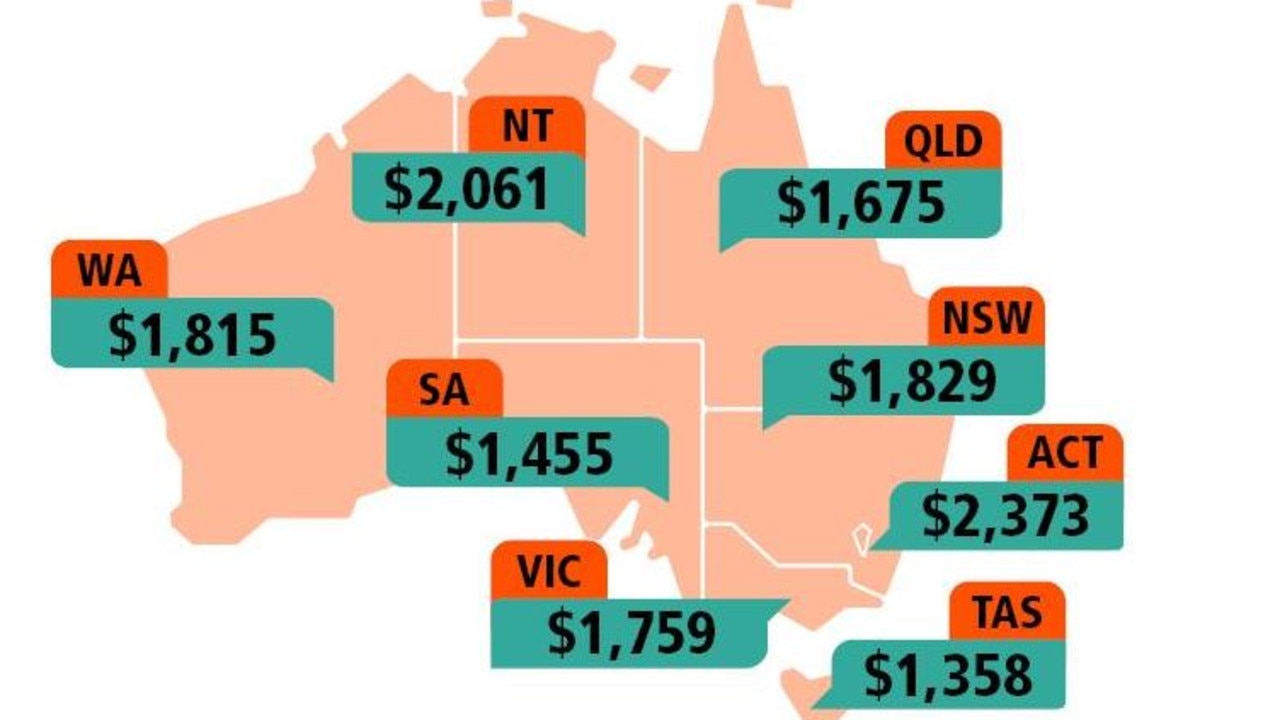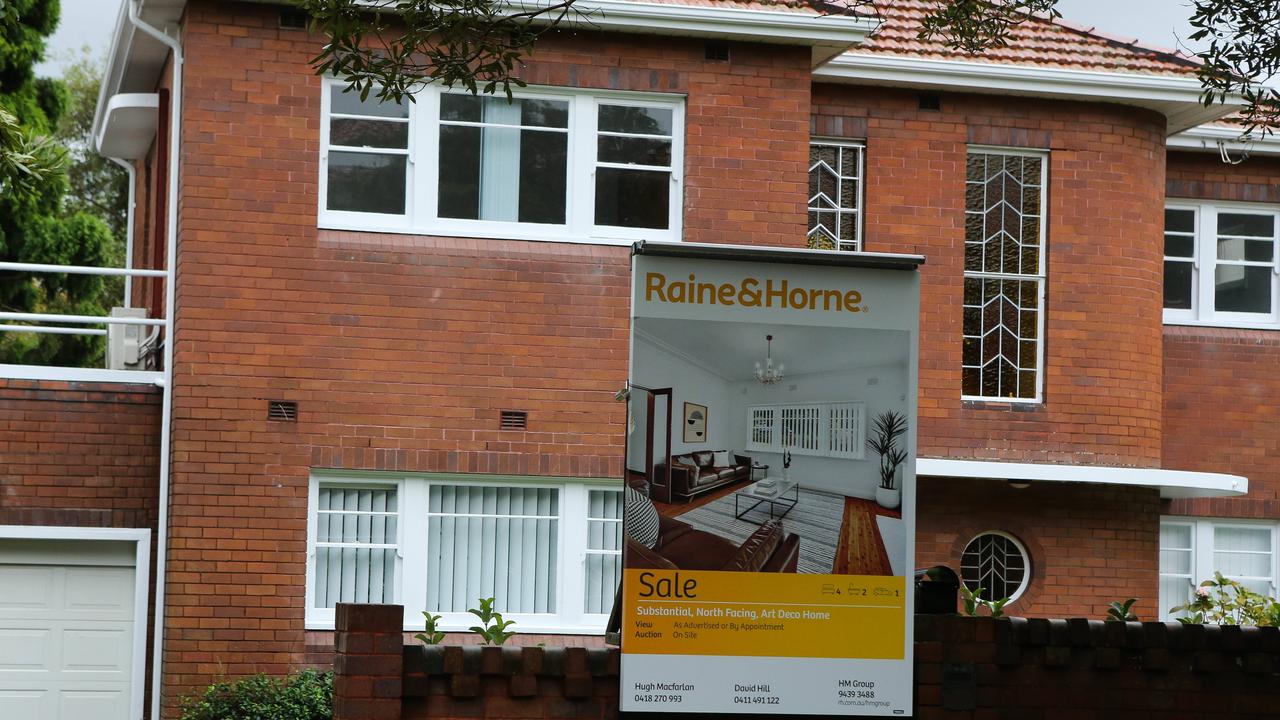How much you really need to earn to be ‘rich’, according to the 2021 Census results
Australia’s median income was revealed yesterday, and it left many of us feeling surprisingly wealthy. But there’s something we all missed.
Many of us were probably shocked – and maybe even a little bit smug – when the nation’s median income was revealed yesterday.
According to the Australian Bureau of Statistics’ 2021 Census results, which were released on Tuesday, the median personal weekly income for Australians across the nation is now $805 per week, or $41,900 a year.
That figure changes based on where you happen to live, with ACT residents raking in the highest median amount at $1203 per week, followed by the Northern Territory on $936, Western Australia on $848, NSW on $813, Victoria on $803, Queensland on $787, South Australia on $734 and Tasmania brining up the rear with $701.
The nation’s median personal income rose by $143 since the last census was conducted in 2016, and the figure includes the adult population from 15 years to over 85 years, including those who are unemployed or retired.
While NSW came in fourth place, it boasts the highest proportion of high income earners, with 373,000 people in the top income bracket, followed by Victoria and then Queensland, at 263,000 and 170,000 people respectively.
The census also revealed more than 9.6 million people are earning below the national median personal income or earning no income at all.
But while at first glance those earning above the median might feel wealthy in comparison, that number only tells part of the true story.
This is the real amount you need to earn to be “rich”.

The real story
Anyone who has ever had to pay rent and buy food in Sydney will know that $805 per person per week – or the median household weekly income of $1746 – won’t leave you with too much spare change left over.
That’s why it’s crucial to put the median weekly income into perspective if you’re trying to actually understand how much you need to be considered well off.
Firstly, it’s important to understand how the ABS worked out that number.
The median is the true middle point of a dataset – so when all the data points are arranged from smallest to largest, the median will be the middle point if there’s an odd number, or the average of the two middle points if its an even number.
It’s very different from the average, which involves adding up a group of numbers – in this case, weekly incomes – and then dividing by the count of those numbers.
Averages tend to be higher than medians, and while it’s a popular method, it can skew the results as it factors in outliers on either ends of the scale – so people with very high incomes or very low ones.
And if you break down the census data on a city by city basis, it tells a radically different story, with the median weekly personal income for the whole of greater Sydney coming in significantly higher at $881, or $2077 per household.
In greater Melbourne, the median weekly household income is $1901, while it’s $2419 in Canberra, $1865 in Perth, $1849 in Brisbane, $1548 in Adelaide, $2209 in Darwin and $1542 in Hobart.
And the national median income shrinks even further when you compare it to the median in some of the wealthiest areas of the country.
In Australia’s most exclusive postcode, 2023, which covers Bellevue Hill in Sydney’s east, the median house price is more than $7 million – and unsurprisingly, the median weekly household income in that area is $3315.
Postcode 3142 in Victoria, which includes ritzy Toorak and Hawksburn, has a median weekly household income of $2533, and it’s $1833 in Queensland’s pricey Sunshine Beach.
Senior economist ANZ Adelaide Timbrell told news.com.au that while the median was valuable, it only provided one snapshot of the wider picture.

“If you’re making the median income in Sydney, it’s not going to take you as far in terms of your lifestyle as it would if you lived in regional areas of Australia or somewhere with cheaper housing and cheaper cost of living,” she explained.
“But then if you live in the big cities, you’re more likely to be in an industry that makes a higher than average salary – for example, people making the top 10 per cent of salaries are more likely to be in those big cities than people making that middle of the road median income.
“But you have to consider as well that it doesn’t mean every single person in Sydney is a high income earner and everyone in regional areas is on a lower income.”
Ms Timbrell said there were many other impacts on wealth to consider, including the Covid pandemic.
“Covid has had a big impact over the last couple of years, we know it increased wealth inequality, with people on lower incomes more likely to lose out on work or work hours over a period of time, and in 2020 and 2021 were more likely to dip into their super or other savings, while those who were already on higher incomes were much more likely to keep their jobs, be able to work from home and build their savings up,” she said.

“The census is just a snapshot … for example, the amount of savings you have in the bank might not match your income – there’s a big difference between someone earning $20,000 a year because they are semi-retired, have already built their wealth and own their own home outright, and someone making $20,000 a year because they are working while studying, or starting their career and working part-time hoping to climb the ladder.
“It’s great to see median income going up but it’s only one factor of how wealthy someone is.”
She said it was impossible for one number to tell the entire story, and said it was also important to look at the distribution of census data.
Census exposes gender pay gap
ANZ research based on ABS census data also revealed that women continue to be under-represented in the upper income brackets and over-represented in the lower income groups.
“Men are far more likely to earn more than $1000 per week — 3.3 million women generate income above this threshold, compared to 4.6 million men,” the research found.
“This is partly due to the higher share of men who work full-time, though this does not fully explain the gap.
“Women are also significantly more likely to report earning no income each week (1.1 million women compared to 750,000 males).”






